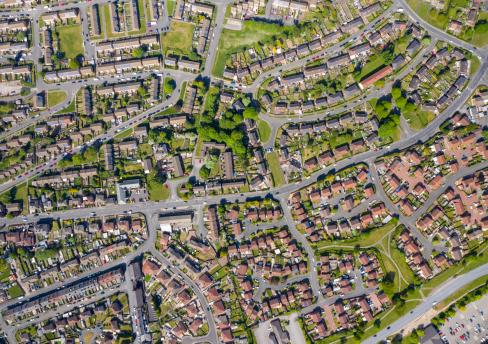Morton Fraser's Property in Pensions team in Glasgow acts for a number of Self Invested Personal Pension ("SIPP") and Small Self Administered Scheme ("SSAS") providers across the UK, in connection with all aspects of commercial property acquisitions, funding, disposals and property management matters.
There are several differences between SIPPs and SSASs. In this article, I focus on those differences which have an impact on commercial property transactions involving SIPPs and SSASs.
What is a SIPP and what is a SSAS?
A SIPP is a type of personal pension scheme. A SSAS is a type of employer pension scheme - which may be set up by a business for employees or directors. Both SIPPs and SSASs can be used as vehicles to invest in commercial property.
Scheme structure and legal documentation
SIPPs and SSASs differ in terms of scheme structure.
- A SIPP is a personal pension set up with one individual as the pension scheme member, with the SIPP provider usually taking on the role as sole trustee of the pension scheme. Sometimes - but not always - the SIPP provider will appoint the member as joint trustee of the pension scheme.
- A SSAS, on the other hand, is an occupational pension scheme set up under trust by a limited company. A SSAS has multiple members, although the maximum number of members for any SSAS is 12. Each member will be appointed as a trustee of the SSAS.
These differences in structure have an impact on the process for execution of legal documentation when a SIPP or SSAS is involved in a commercial property acquisition or disposal. If, for example, a property is being sold by a SIPP, the deed which transfers legal title in Scotland (i.e. a Disposition) must be signed by the SIPP trustee, being the SIPP provider company in its capacity as trustee. If the pension member has been appointed as a joint trustee of the scheme, then the member will also have to sign the deed.
If property is being sold by a SSAS, each of the pension scheme members will be required to sign the deed transferring title. Given that there could be up to 12 members, this is something to keep in mind when in the midst of a transaction in terms of timescales. Deeds may need to be circulated for signing by a large number of trustees before being signed by the SSAS provider. It is also worth noting that both SSAS and SIPP providers will nearly always insist on being the final party to sign any deed.
Control and instructing solicitors
The employer has ultimate control over the pension scheme in the case of a SSAS. The SSAS administrator has responsibility for the day-to-day running of the scheme.
In the case of a SIPP, the SIPP provider has overall control of the scheme, with the SIPP administrator similarly having responsibility for the day-to-day running of the scheme.
This means that members tend to have more control over a SSAS than they do in the case of a SIPP, as their employer (rather than the pension provider) has ultimate control over the decision making of the scheme.
In terms of property acquisitions and disposals, this means that when we are instructed by a SSAS scheme, instructions will usually come to the firm from the SSAS provider but these will, in practical terms, emanate from the employer - as the employer has ultimate control over the decision making for the SSAS and the instructions given to the solicitor acting for the SSAS. In the case of a SIPP related transaction, instructions will come to the firm via the SIPP provider, and the SIPP provider has the final say on the decision making process.
This is one of the more confusing elements of SIPP and SSAS transactions. In either instance, if a member decides to purchase a property into their SIPP or SSAS, they cannot contact the solicitor direct with instructions as would happen in the course of a usual investment purchase. This can be frustrating for members who view the property as being their own property. It is, of course, the member's money in the SIPP or SSAS fund which is being used to finance the transaction, but it is important to bear in mind that in each instance the instructed solicitors are acting for the SIPP or SSAS provider, and not for the members.
Financial implications
There are other differences between SIPPs and SSASs, including the differing percentages of the fund value that may be invested by a fund and the different related conditions that apply to such investments.
The relevant pension scheme provider or an independent financial adviser will be able to advise members, or those thinking about setting up a SIPP or a SSAS, on these differences and the financial implications.
If you require any further information on any aspect of commercial property transactions involving SIPP or SSAS providers, please contact us on the details below.
The content of this webpage is for information only and is not intended to be construed as legal advice and should not be treated as a substitute for specific advice. Morton Fraser LLP accepts no responsibility for the content of any third party website to which this webpage refers. Morton Fraser LLP is authorised and regulated by the Financial Conduct Authority.










